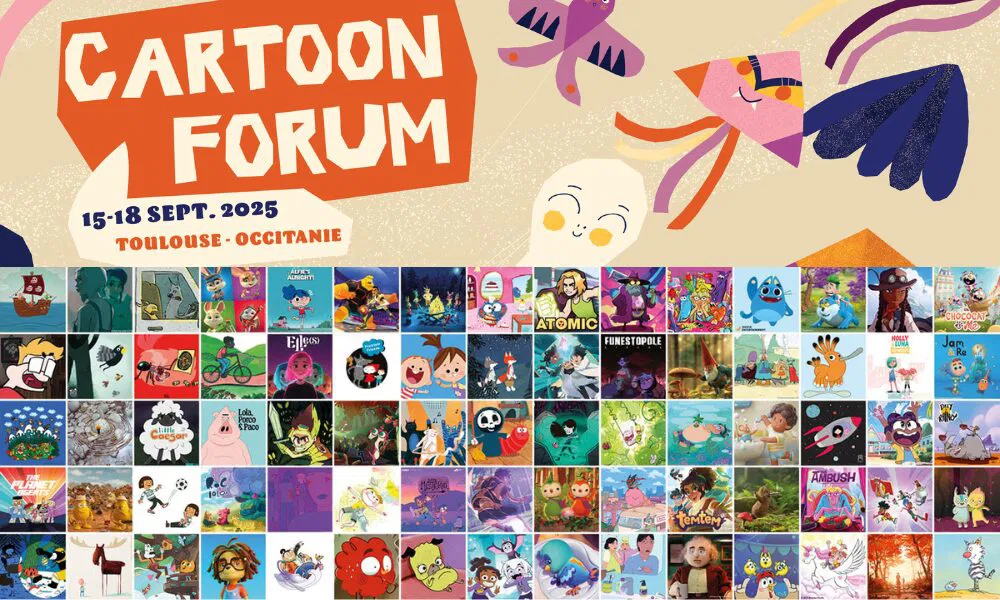Pearls Before Swine, Satire, and the Jesus Panel Controversy
Award-winning cartoonist Stephan Pastis stirred up conversation once again with a recent Pearls Before Swine strip published on July 22, 2025, referencing Jesus Christ in a characteristically bold and irreverent fashion. Known for pushing boundaries with his satirical humor, Pastis triggered mixed reactions among readers—ranging from laughter to accusations of blasphemy.
📰 The Comic in Question
The strip, titled The Further Adventures of Jesus, follows Pearls Before Swine’s typical three-panel structure. While the first and third panels appear disconnected at first glance, the strip ends with a punchline that includes a mock “censor” character—Pastis’ signature move when addressing controversial or religious content.
As with similar strips in the past, the reference to Jesus was enough to generate a wave of reader feedback. One critic wrote:
“There is no correlation between the first panel and the third panel, only blasphemy. The insertion by the strip’s creator of a faux ‘censor’ in the final panel should be a reminder that, like this comic strip, there are more fake ‘pearls’ in the real world than real jewels.”
🤔 Pastis and the Art of Satire
This isn’t the first time Stephan Pastis has walked the line between humor and controversy. Pearls Before Swine is celebrated for its dark, absurdist wit, often blending social commentary with comic strip conventions. The inclusion of religious figures—even in jest—is part of Pastis’ broader approach to satire, where no topic is entirely off-limits.
He has often used self-insert characters and metafictional devices to call attention to the absurdity of censorship, faith, politics, and even cartooning itself.
🧠 Free Speech, Humor, and Audience Boundaries
The debate around religious content in humor is hardly new. From Monty Python’s Life of Brian to modern-day stand-up, comedians and cartoonists alike have used satire to question societal taboos.
Pastis’ use of a faux censor within the strip is a visual commentary on this very tension: the push-and-pull between expression and offense, sacred and profane, meaning and nonsense.
🗞️ About
Pearls Before Swine
Running since 2001, Pearls Before Swine has become one of the most widely syndicated newspaper strips of the 21st century. Featuring characters like Rat, Pig, and Goat, the strip often breaks the fourth wall and challenges the limits of the daily funnies format. Pastis’ blend of simplicity and sharp wit earned him a National Cartoonists Society Reuben Award and a devoted fan base.
📌 Final Thoughts: Are Cartoons Still Dangerous?
This latest Jesus strip may have upset some, but it reaffirms something crucial: cartoons still matter. In a world of bite-sized content and fleeting attention spans, a three-panel comic can still provoke deep thought—and strong emotions.
In true Pearls Before Swine fashion, the joke was never just about Jesus—it was about the reader, the culture, and the fragile space between humor and offense.
Share this content:


















Post Comment